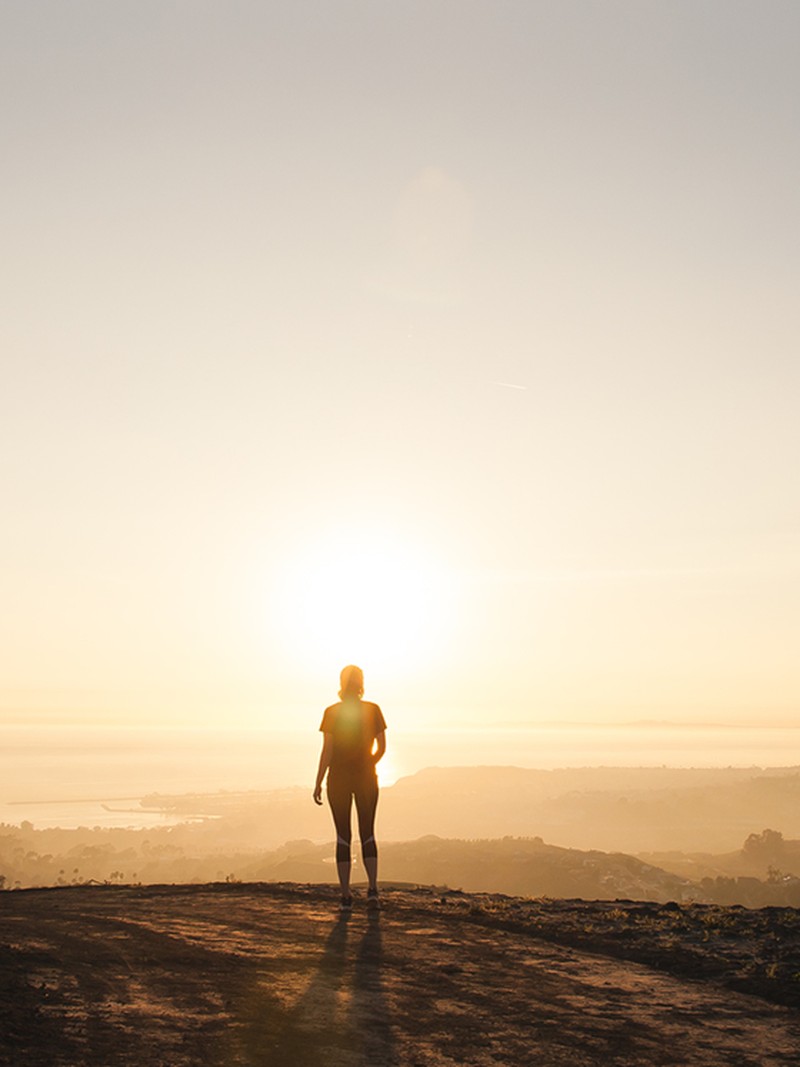11 Hiking Tips From The Experts
Prepare For Tougher Terrain
“Unlike walking on a treadmill or paved path, hiking involves more unpredictable variables. Whether it’s on a hill, through a forest or a coastal path the combination of pace, terrain, distance and elevation – plus the weather – will all contribute to how challenging a hike will be. The benefits of hiking really are endless. It conditions the cardiovascular system and improves leg muscle tone and strength. The calf muscles, meanwhile, are known as the ‘second heart’; as you hike, they pump blood and waste products from your lower extremities back to your heart to collect more oxygen. If you hike regularly, you’ll condition your muscles and cardiovascular system to become more efficient at burning calories, even at rest.” – Andrea Harris, hiking expert for compression brand CEP
Do It For A Better Mood
“As well as the physical benefits, taking your exercise outdoors is linked to an array of mental and wellness benefits, including improving mood, boosting immune function and reducing stress. A recent review of 11 major studies found that outdoor exercise leads to a greater sense of satisfaction and revitalisation, increased energy and an increased likelihood of repeating the activity compared to indoor exercise.” – Dr Suzanne Hackenmiller, chief medical officer at AllTrails
Start With Your Shoes
“Comfortable and supportive footwear is arguably the most important piece of kit when hiking. It may sound obvious, but wearing the wrong footwear can ruin a hike and cause long-term problems. Most hiking trails have uneven terrain and some form of elevation, making regular trainers an unwise choice. If you’re serious about hiking and plan to take on mountain treks or long adventures of ten miles or more, visit a specialist store to get a pair properly fitted. Be sure you break them in on shorter walks before taking on a long trek and trial using insoles for added comfort – you can always take them out on your walk if your feet swell. Look for hiking boots with good grip, shock absorption and ankle support.” – David Scotland, outdoors expert & owner of Outdoor World Direct
Don’t Forget About Socks
“Foot comfort is key. As well as wearing a quality pair of walking boots with adequate space in the toe box to accommodate feet as they swell throughout the day, you’ll also need a pair of quality, non-slipping, seamless and breathable walking socks, which are padded around the toes and Achilles. Don’t be tempted by cheap multipacks of socks – a pesky blister can totally ruin a day out in the hills.” – Andrea
Dress For Success
“Once your feet are taken care of, dressing right is the key to a comfortable hike. Plus, as the saying goes, there’s no such thing as bad weather, just the wrong clothing. Skip cotton anything – it gets damp quickly and is slow to dry, which can leave you feeling uncomfortable and can cause chafing. The high street is full of great, affordable brands that offer technical, breathable fabrics that will keep you feeling comfortable – there is no need to spend on expensive mountain and outdoors brands. For boots, I rate anything by Meindl, Hanwag or Salomon; for mid-range clothing, look to Montane and Rab; CEP, Bridgedale and Hilly are great for socks; while Black Diamond and Leki do good walking poles. In cooler weather, wear several thin layers, rather than one or two thicker ones.” – Andrea
Pace Yourself
“If you’re looking to get into hiking and see progress, try and walk every day, then plan a longer ‘hike’ as a regular, weekly event. Doing a hike once or twice then doing nothing for several weeks won’t bring any health benefits. When you’re heading off, start at a slower pace for the first 15 minutes to warm your system and to allow your breathing, heart rate and muscles to adjust to the exertion. This is especially important if you are hiking up steep terrain. Also, be sure to relax your shoulders and breathe deeply – we are a nation of shallow breathers as we sit so much and don’t allow our lungs to fully expand. It can also help to work on your core strength in the gym, which will help your posture when you walk. This, in turn, will ensure you breathe deeply to oxygenate your system. When hiking, always start off slower than you think. After a few miles, especially going uphill, you’ll be glad you saved your energy.” – Andrea
Take A Map
“A paper map may sound old school, but if you’re heading out for several hours and if it’s somewhere you don’t know well, a physical map is essential. There are some fantastic digital apps and maps, but it’s good practice to know where you’re headed, especially if you’re heading to an area where there’s no signal, and to be prepared in case your phone battery dies. Poor weather can also affect phone signal, so a back-up is essential.” – Katy O’Neill Gutierrez, founder of Blaze Trails
Be Prepared
“Hiking strains are most likely to happen in the hamstring, quadricep, calf, groin and lower back muscles, with symptoms including pain when contracting or stretching the muscle, as well as tenderness, swelling and bruising. Get into the habit of stretching before and after a hike, and don’t overdo it if you are a beginner, resting between training sessions to avoid overexercising. If you are prone to sore feet, also consider investing in a pair of shock-absorbing insoles to protect your heel and support your arches.” – Bente Smith-Rewse, biomechanics specialist & founder of Enertor
Find A Route
“You may be eager to start with an advanced hike with jaw-dropping scenes for your initial adventure, but if you’re a beginner, start with shorter hikes that are no more than an hour or so with a maximum of 200m of elevation. AllTrails can help you find a route near you – the app sorts by difficulty level, and each listing includes the length and elevation gain of the trail as well as photos and reviews from other hikers. Choose a trail with recent reviews and updates for the most up-to-date information.” – Suzanne
Up The Pace
“More experienced hikers can try speed hiking – an effective way to make trail adventures more dynamic and increase the intensity through whole-body aerobic conditioning. Aim for a pace that’s faster than walking but slower than running – a happy medium is around three to five miles per hour. A test of endurance, speed hiking raises your heart rate, burns fat and gets the adrenaline pumping.” – Suzanne
Be Safe
“Never go on a hiking trip without telling at least one close friend or family member where you’ll be. Tell them where you’ll be hiking, what route you’ll be taking, who you’re going with and what time you expect to be done. Ideally, hike in groups – remember there’s always safety in numbers. On AllTrails, you can enable a safety feature that allows you to select up to five contacts so friends and family can track your activity and stay up to date on your whereabouts. Wherever you’re heading, always carry a small first aid kit with you – plasters, tweezers, forceps for splinters, insect repellent and sunscreen can all be useful. Antihistamines are also worth taking in case of bee sting allergies, as is a painkiller for aches and pains. Even if your hike is a few miles, unexpected circumstances can arise.” – Suzanne
For more information head to CEPSports.co.uk, AllTrails.com, OutdoorWorldDirect.co.uk, BlazeTrails.org.uk & Enertor.com.
SHOP OUR TOP PICKS
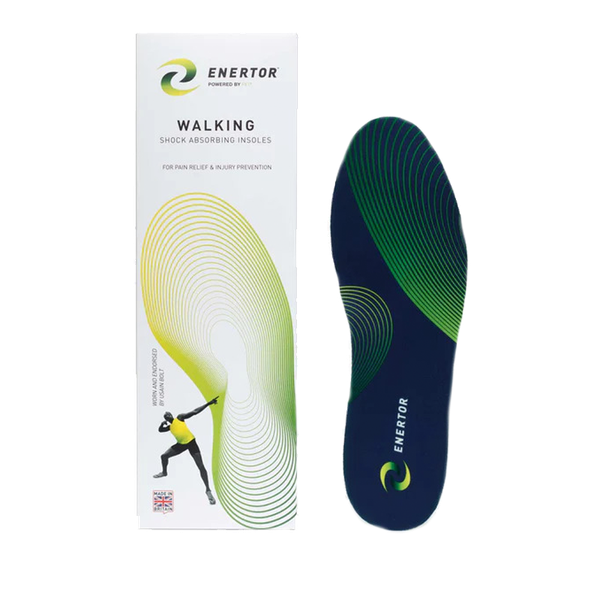

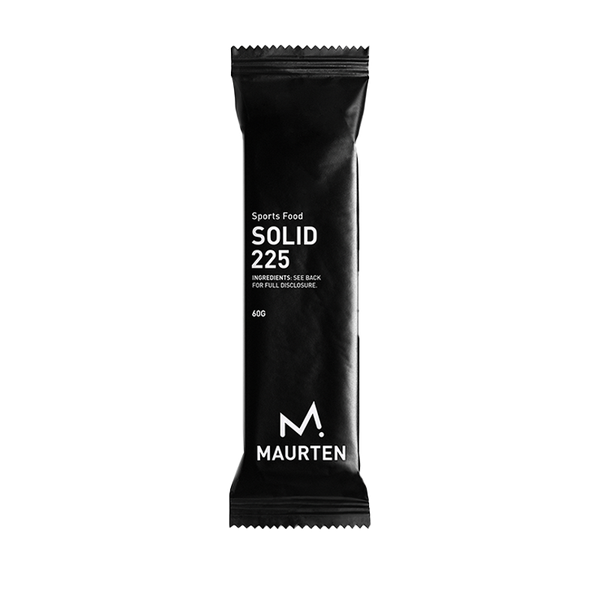
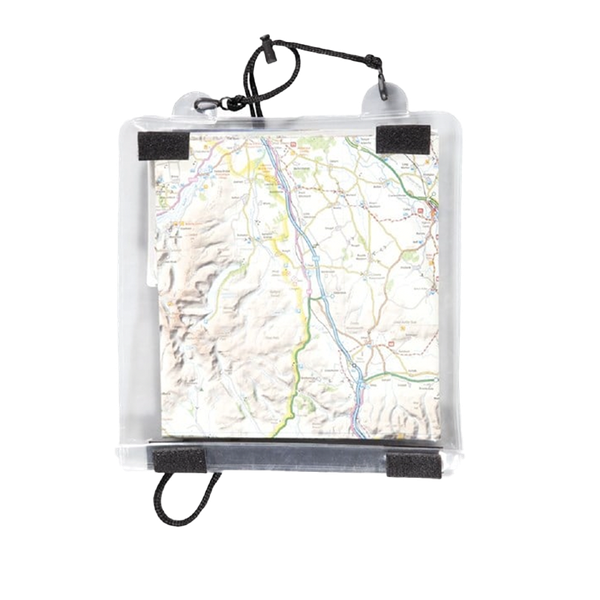
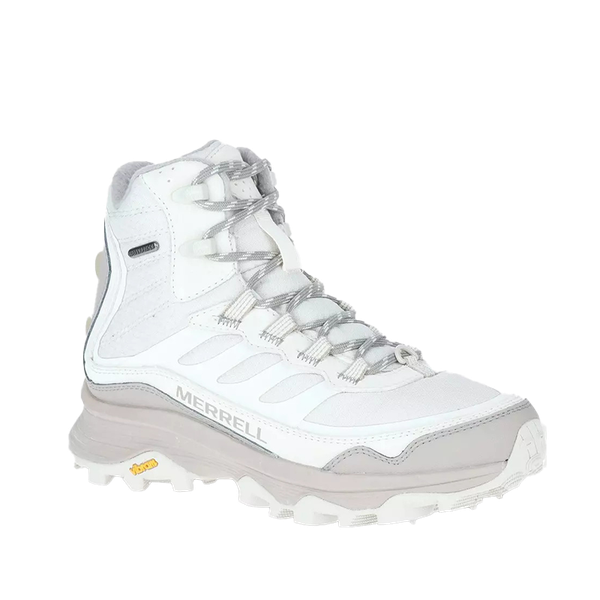
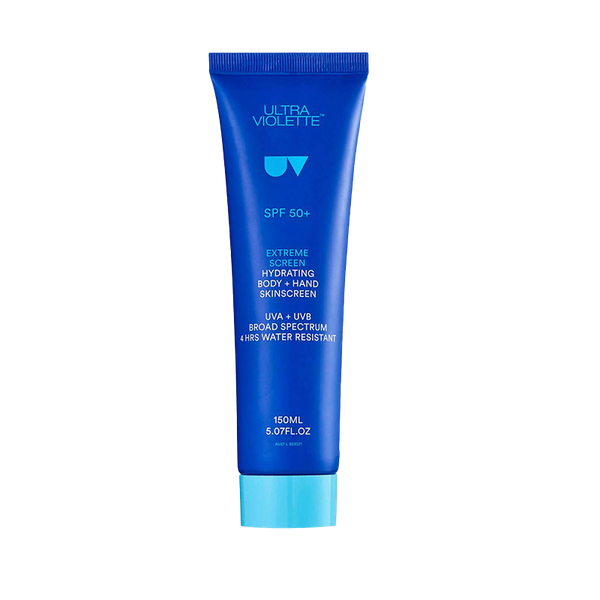
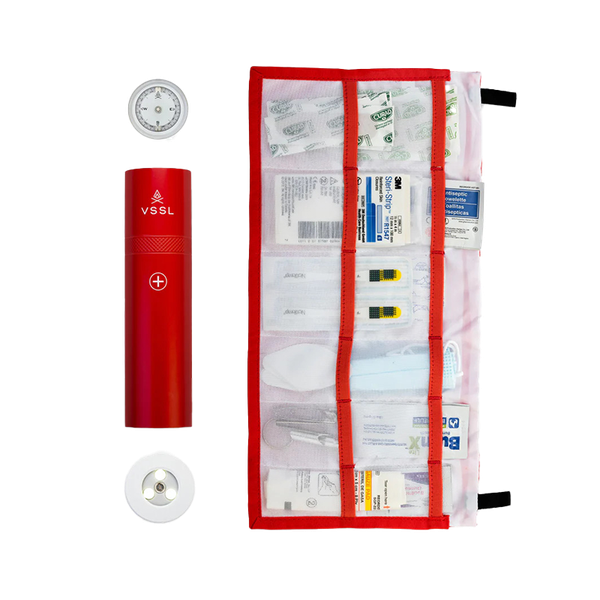

DISCLAIMER: Features published by SheerLuxe are not intended to treat, diagnose, cure or prevent any disease. Always seek the advice of your GP or another qualified healthcare provider for any questions you have regarding a medical condition, and before undertaking any diet, exercise or other health-related programme.
DISCLAIMER: We endeavour to always credit the correct original source of every image we use. If you think a credit may be incorrect, please contact us at info@sheerluxe.com.
